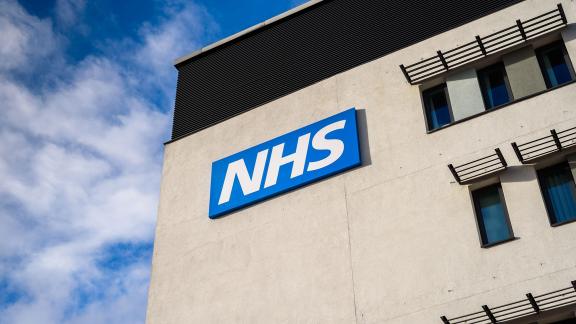Analysis: The influence of NHS spending on economic growth

CF analysis, commissioned by the NHS Confederation, shows a statistically significant association between NHS spending increases and GVA growth.
This is explored in detail in Creating better health value: understanding the economic impact of NHS spending by care setting.
- Our previous research has shown that every £1 spent on the NHS had an approximate corresponding economic benefit of £4: In October 2022, CF and NHS Confederation published research which examined the return on investment of NHS spending on economic growth and found that there was a 4x multiplier on all NHS spending for economic growth, meaning that health spend should be seen as investment to drive economic growth
- Building on this work, we have sought to answer the question: how does this return on investment vary by care setting?
- We developed a multi-year longitudinal dataset on spend, needs and activity as well as economic growth at the smallest possible unit of granularity, weighting spend to the appropriate needs-weighted populations calculated by NHSE England to compare diverse areas. We analysed the growth in this investment by setting of care over a 5 year time-period
- We found that areas which increased their spend in community and primary care experienced statistically significant increases in economic activity, equivalent to £14 in growth for every £1 spent - there was also a statistically significant benefit of £10 for those areas which increased acute spend by the most but, notably, we did not find a statistically significant relationship for mental health spend, an issue we attribute to the poor quality of mental health data
- There are two potential mechanisms through which NHS spend can increase local GVA
- Mechanism 1: Improved health outcomes through enhanced and improved capacity enables a more productive workforce by reducing sickness due to ill health and improved health outcomes
- Through our previous work we have found evidence to support the impact of primary and community care spending on health outcomes:
- Primary care spending is linked to occupied bed days (OBDs) and A&E attendances, meaning that improved access to primary care can prevent the need for secondary care
- There is a link between community care spending per capita on people over 65 whereby access to community can can lower the need for acute care
- Mechanism 2: Increased NHS workforce has a direct benefit on the local economy through a boost to employment, spending and tax revenues - those newly employed by the NHS pay tax, and stimulate the local economy through consumption
- On the assumption that the tax burden and distribution of public spending remain similar to today, we estimate that the size of the impact in the areas which increased spend by the least is such that it would pay for itself in community, primary and acute care.
- In understanding these findings it is important to recognise the following:
- Variation in spend is locally determined: There is a high degree of variation in spend per weighted population by area - this variation is locally determined as, although there is a national formula for weighting, substantial local discretion exists in each care setting
- We have assumed a one-year time lag before the impact of economic growth starts materialising because both mechanisms stand to have relatively swift effects:
- New jobs that are created in the NHS will be reflected as additional economic activity to a certain extent
- Our previous work on interventions to support public health management revealed a 1-3 year timeframe for these to translate into improved outcomes
Find out more in the accompanying report Creating better health value: understanding the economic impact of NHS spending by care setting and get involved in our Value in Health programme.



